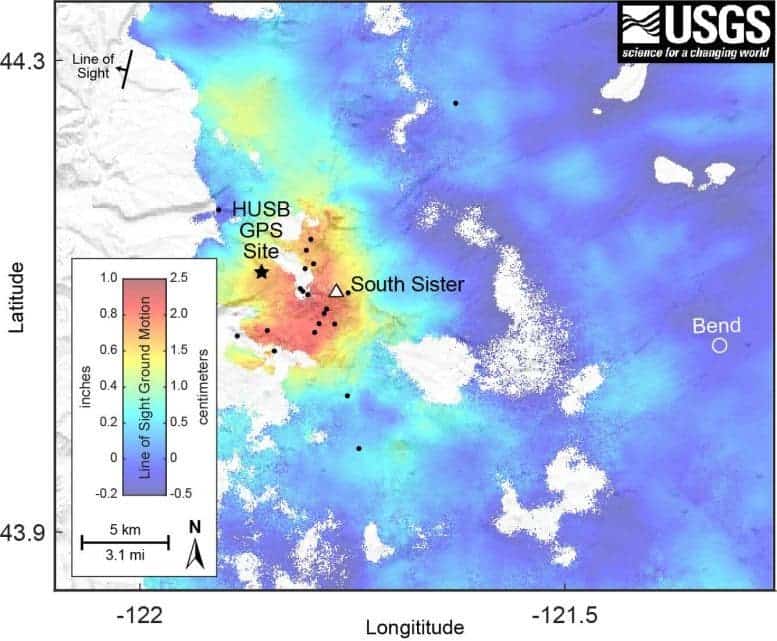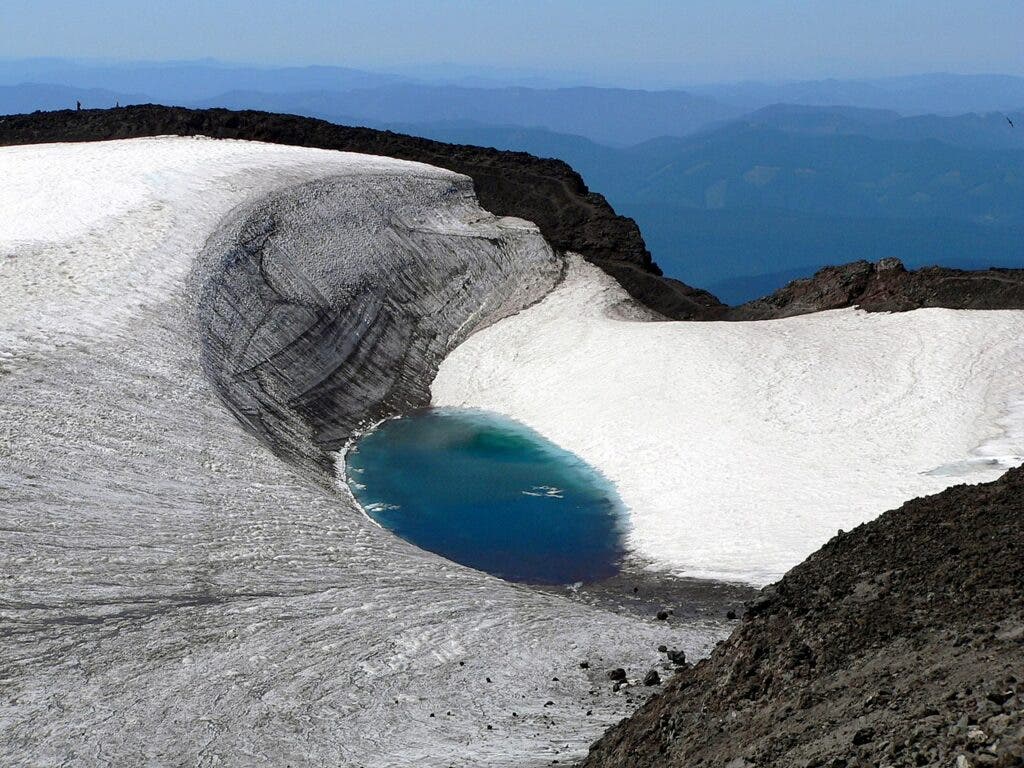Using satellite images and GPS instruments, geophysicists monitoring the Three Sister volcanoes have found a subtle but noticeable uplift around 3 miles (5 km) away from the South Sister volcano. While researchers are now keeping a closer eye on it, they say this type of uplift has happened before and there’s no need to worry.

The Three Sisters are closely spaced volcanic peaks in Oregon, USA. They stand over 10,000 feet (3,000 m) in elevation, being the 4th, 5th, and 6th highest peaks in Oregon, respectively. But researchers are more interested in their volcanic activity.
While the North and Middle sisters haven’t erupted in the past 14,000 years (and it’s considered unlikely that they will erupt again), the South Sister last erupted 2,000 years ago, and could easily do so again at some point in the not-very-distant future. In the 1990s, researchers detected tectonic uplift around this volcano, prompting the United States Geological Survey (USGS) to closely monitor the area.
The USGS is now tracking developments around the South Sister using GPS networks and satellite data. Radar satellites can highlight areas of uplifting (where the surface is bulging) or downwelling (where the surface is moving downwards). Then, ground-based GPS measurements are used for more precise measurements. Although the current uplifting isn’t as fast as the maximum rate observed in 1999-2000, it is “distinctly faster” than the normal rate of uplift, the USGS says.

The uplift is believed to be caused by pulses of magma accumulating under the volcano, some 4 miles (7 km) below the surface. While magma accumulation is associated with volcanic activity, eruptions are generally preceded by other detectable signs — most importantly, lots of small earthquakes, but also ground deformation and geochemical changes. There seems to be no sign of any of that around the Three Sisters.
All in all, this suggests that the volcano is still active, but there are no signs of an impending eruption. The volcano’s alert level and color code remain at Normal / Green.
The Three Sisters volcanoes formed in the Pleistocene and belonged to a volcanic area that was very active from around 650,000 and about 250,000 years ago. The South Sister is the youngest and tallest of the three volcanoes, and unlike its sisters, it has an uneroded summit crater about 0.25 mi (0.40 km), which hosts a lake (called the Teardrop Pool).
An eruption from the South Sister would pose a significant threat to nearby life, with geologists estimating a proximal zone of danger extending from 1.2 to 6.2 miles (2-10 km) around the volcano summit. How flows would run down the sides of the volcano, threatening everything in its path, and the nearby city of bends would be covered by tephra some 2 inches (5 cm) thick.







